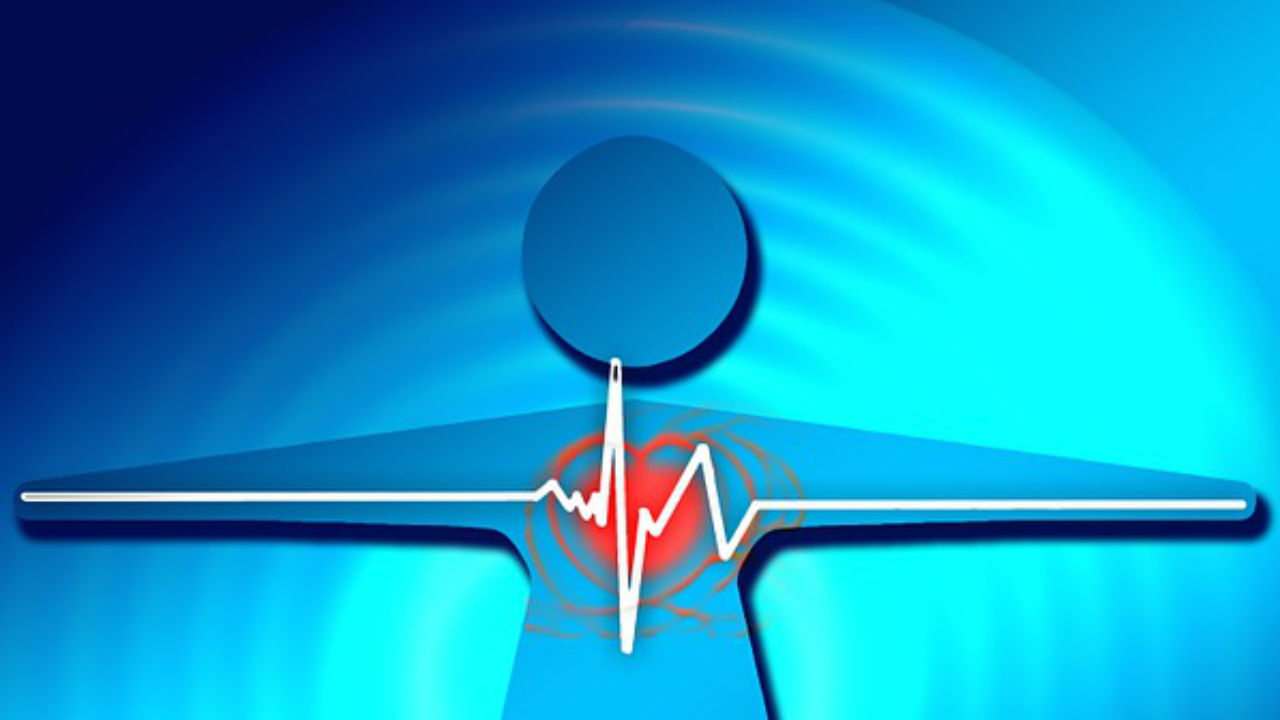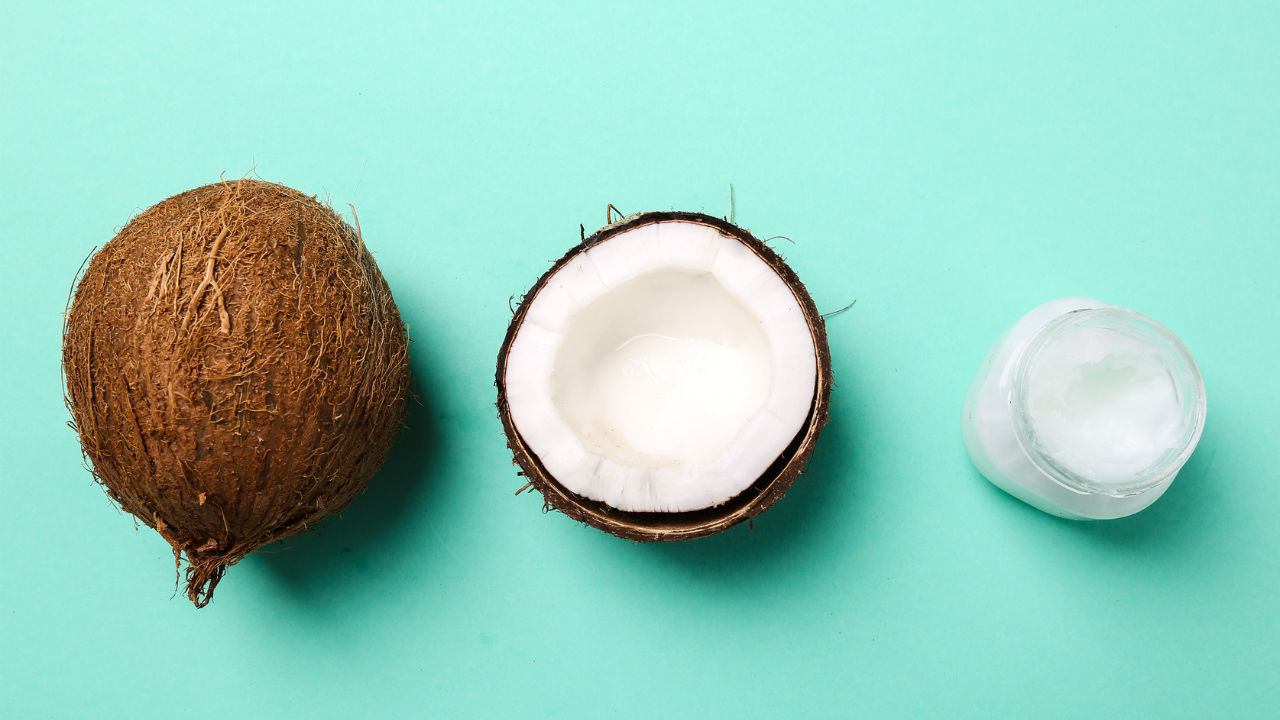Thalassemia is an inherited blood disorder. The gene which causes thalassemia is passed from parent to child. According to the World Health Organization, worldwide thalassemia anemias are the most common form of inherited blood disorder.
It is estimated that approximately two million persons living in the United States may be carriers of the gene that causes thalassemia.
SYMPTOMS
Since thalassemia is an inherited genetic disorder, symptoms may present early. In the most severe forms, symptoms manifest shortly after birth while with other forms, symptoms may not present until later (by age two). Persons with mild forms of thalassemia may be asymptomatic and not experience any symptoms at all or may experience mild anemia which is mistaken for iron deficiency anemia.
According to the Mayo Clinic, symptoms include:
• Fatigue;
• Weakness;
• Shortness of breath;
• Pale appearance;
• Irritability;
• Yellow discoloration of skin (jaundice);
• Facial bone deformities;
• Slow growth;
• Protruding abdomen; and
• Dark urine.
In addition, thalassemia can cause other health problems such as delayed puberty and slow growth rate, bone problems (including osteoporosis, brittle or deformed bones –- particularly in the facial area), enlarged spleen, severe anemia, heart disease, and liver problems.
RISK FACTORS FOR DEVELOPING THALASSEMIA
Often referred to as “Mediterranean Anemia,” thalassemias tend to affect persons of Mediterranean descent. Persons of Italian, Filipino, Indian Asian, South Asian, African, Greek, Middle Eastern and Chinese descent are also at greater risk for developing thalassemia. In addition to ethnicity, persons with a family history of thalassemia are at greater risk for developing the disorder.
CAUSES
The hemoglobin genes are defective in persons with thalassemia. The defective gene results in lower red blood cell and hemoglobin count than normal. In addition, the existing red blood cells are destroyed at a much higher rate than what occurs in the normal red blood cell life cycle.
TYPES
Hemoglobin is comprised of two separate protein chains: alpha and beta. Depending upon which gene is defective, persons may develop either alpha-thalassemia or beta-thalassemia.
Alpha-thalassemia
A person develops alpha-thalassemia if they inherit at least one defective alpha hemoglobin gene from either parent. According to the National Heart Lung and Blood Institute, persons of “Southeast Asian, Indian, Chinese or Filipino origin or ancestry” are more prone to develop alpha-thalassemia.
The alpha hemoglobin chain consists of four genes (two obtained from each parent) so it is possible to inherit four defective alpha genes in all. The more defective alpha hemoglobin genes which you inherit, the more severe the form of the disease.
• Alpha-thalassemia silent carrier (one defective gene): Disease carrier. No symptoms;
• Alpha-thalassemia minor or alpha-thalassemia trait (two defective genes): Very mild symptoms;
• Hemoglobin H disease (three defective genes): Moderate to severe symptoms; and
• Alpha-thalassemia major or hydrops fetalis (four defective genes): Generally fatal and causes death shortly after birth.
Beta-thalassemia
Beta-thalassemia occurs when at least one of the two inherited beta hemoglobin genes are defective. This form of thalassemia occurs most often in persons of “Mediterranean (Greek, Italian, and Middle Eastern), Asian, or African origin or ancestry.” (NHLBI).
The severity of this form of thalassemia depends upon whether one or two defective genes have been inherited.
• Beta-thalassemia minor or beta-thalassemia trait (one defective gene): Mild symptoms; and
• Beta-thalassemia major (also known as Cooley’s anemia): Symptoms present by age two.
TREATMENTS
Since the disorder is inherited, there is no cure for thalassemia. However, a number of treatments are available depending on the form and severity of the disorder including: blood transfusions, supplements (iron and folic acid) and iron chelation therapy (Deferoxamine, Deferasirox).
In some instances, persons may be treated by a transplant of the blood and bone marrow stem cells. The percentage of people who receive transplants is relatively small since it is difficult to find suitable donors. If successful, a stem cell transplant may cure thalassemia.
Persons diagnosed with thalassemia may was to seek support from other individuals and families who have been affected by this disorder. The Cooley’s Anemia Foundation (http://cooleysanemia.org/) sponsors many support groups and may be able to provide additional help in dealing with issues relating to living with the disorder.
Sources:
Thalassemia, BLoodbook.com, http://www.bloodbook.com/disorders.html#Thalassemia
What Are Thalassemias?, National Heart Lung and Blood Institute, January 2008, http://www.nhlbi.nih.gov/health/dci/Diseases/Thalassemia/Thalassemia_WhatIs.html
Thalassemia, The Mayo Clinic, 04 Feb 2009, http://www.mayoclinic.com/health/thalassemia/DS00905






Add a CommentComments
There are no comments yet. Be the first one and get the conversation started!